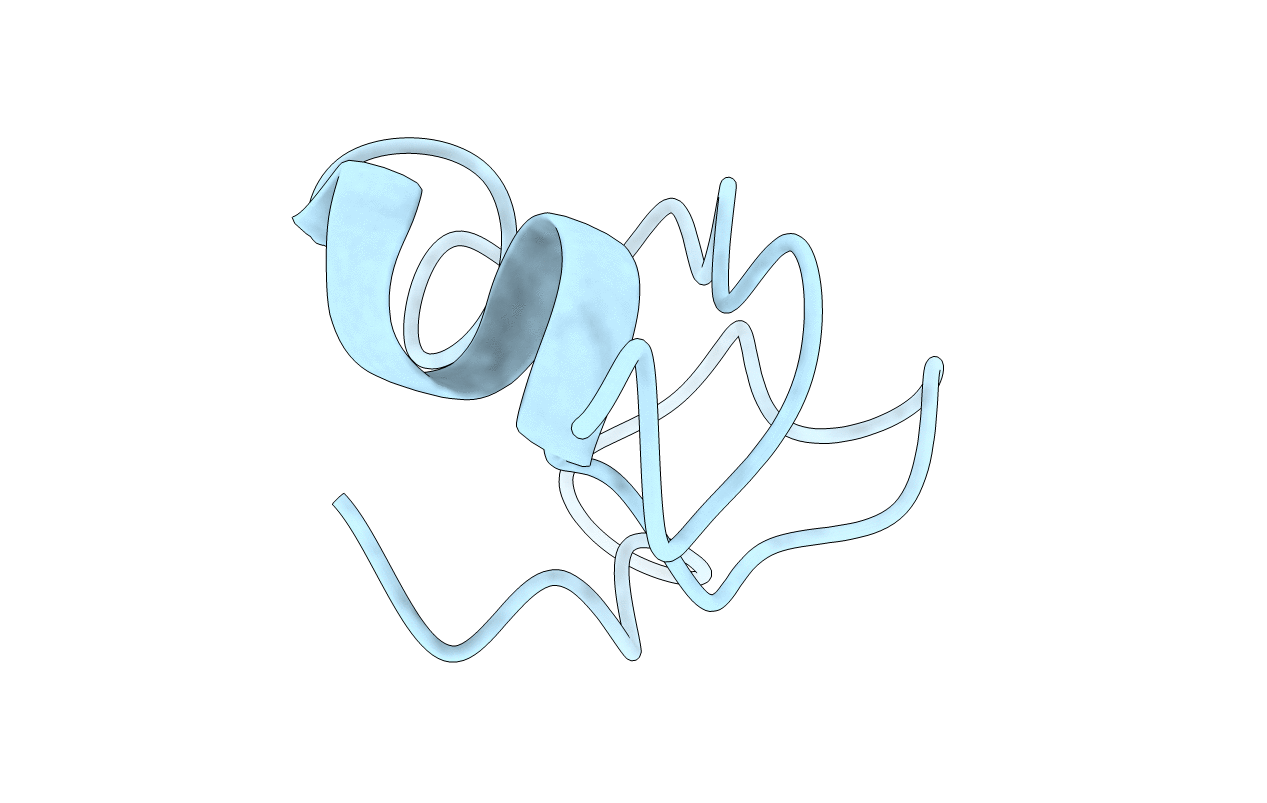
Deposition Date
2000-08-18
Release Date
2000-09-13
Last Version Date
2024-05-22
Entry Detail
PDB ID:
1FMY
Keywords:
Title:
HIGH RESOLUTION SOLUTION STRUCTURE OF THE PROTEIN PART OF CU7 METALLOTHIONEIN
Biological Source:
Source Organism:
Saccharomyces cerevisiae (Taxon ID: 4932)
Method Details:
Experimental Method:
Conformers Calculated:
30
Conformers Submitted:
1
Selection Criteria:
mean structure


